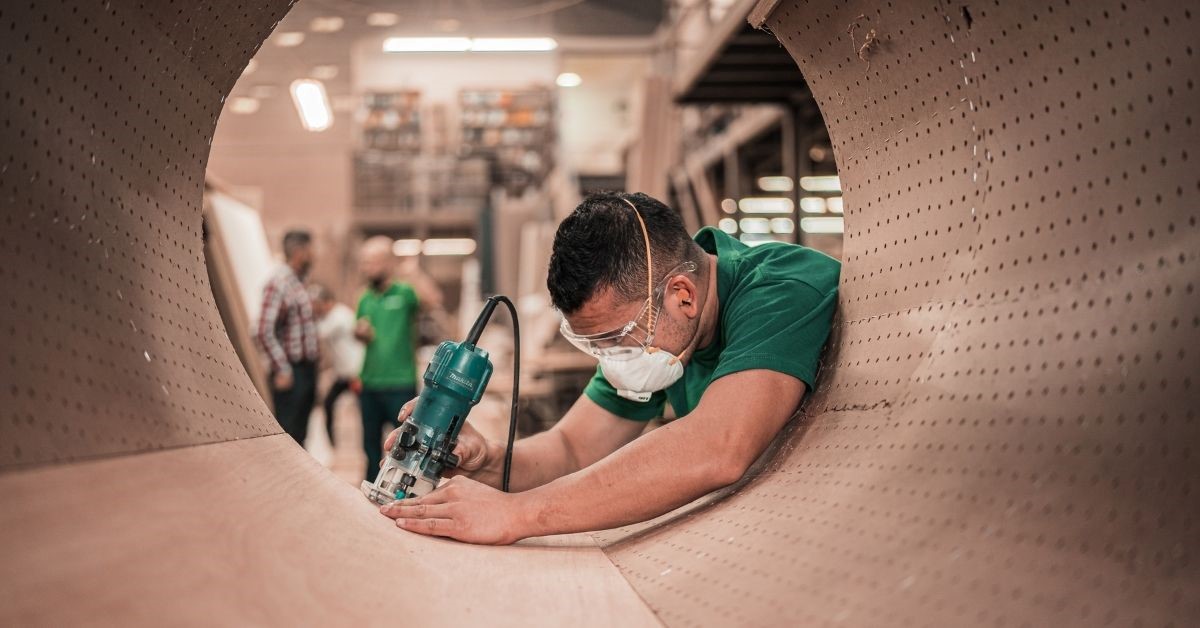How much can we produce without adding another shift? We want to keep up with customer demands. What is our shift capacity? We don’t have anything figured out for the night crew. When should we consider doing this, and what would be involved? How do we add another and can we keep it profitable?
Thoughts of the Day
When adding another shift, you’re smart to pay attention to one of the bigger fixed costs in any business. Those are the cost of real estate and equipment. There are several considerations to factor in to understand the numbers. You need to know how much you can produce now versus with another period. Reports will help you stay on top of what’s going on even when you’re not around. Use reports to keep the company profitable. Look internally for someone on your day crew who might be interested in becoming a supervisor to help manage a new period.
Adding another crew costs less than you think.
Thinking about adding another shift? When real estate and equipment sit idle, whether for vacations, downtime for repairs, or off-hours, that’s a wasted opportunity. Adding a second crew costs less than you think because you don’t have to pay for the costs of real estate and equipment – they’re already in place. If you don’t think you have enough work for a full second team, start with a few evening hours and identify some of the staff that is willing to work late to get out more production.
You’ll need staff you can trust to effectively manage the work that has to be done.
When operating at night, you might have to pay a premium to get people to work outside the 9 am – 5 pm standard work hours. You’ll need staff you can trust to effectively manage the work that has to be done, and the people who will be doing the work. Someone also needs to be in charge of the equipment, as it’s unlikely you’ll be staying around for the full second. Pick a supervisor candidate with good training, communication, and technical skills. Hire night staff with slightly higher than average production skills. Use that staff to pump out work, when interviewing, look for people who like to work an overnight shift, or have experience living that lifestyle.
Take additional safety precautions on the second crew. Statistics show that accidents are more likely to happen outside normal 9 – 5 work hours. People get tired, they rush, they have less supervision, etc. Whatever the cause, you want to do everything possible to ensure you have an accident-free work environment.
Set up a good communication system for the night crew to share information.
Communication is key. It can get tricky when the night team has questions about specific orders or requirements. Those who have the answers won’t be around until the next morning when the night duty is clocked out. Evening staff may need to make requests for equipment servicing, inventory ordering, and shipping orders handled by the day crew. Set up a good communication system for teams to share information. Communicate by email, internal messaging system, or some other option.
Decide on what key things you need to know. Turn that into a report with boxes to fill in, so that your shift supervisor knows what’s expected for feedback. Leave room at the bottom of the report for notes on special circumstances. Make a schedule to meet with the shift supervisor at least once a week.

Your best bet would be to find someone who is already familiar with how your shop works, to head up the evening or night time period. Look at staffing the evening duty in part by asking employees on days if they might be interested in an opportunity to grow. Consider shifting employees onto “shoulder hours”, come in late during the day crew, and stay over to work part of the evening shift. This will allow you to bridge some of the separations between the two periods.




